Jubilee 2025
The year 2025 will be marked by the Jubilee Year. The Jubilee has always been an event of great spiritual, ecclesial, and social significance. It is a year of grace and forgiveness, of conversion and unity with God and among the Churches.
Ever since 1300, when Boniface VIII instituted the first Holy Year, initially celebrated every hundred years, then, following the biblical precedent, every fifty years and finally every twenty-five years, God’s people has experienced this celebration as a special gift of grace.
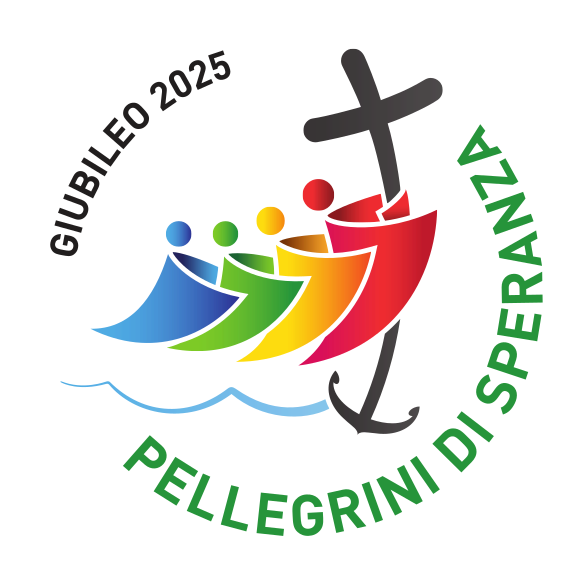
Hope and Brotherhood
In his February 2022 letter to Monsignor Rino Fisichella, President of the Pontifical Council for Promotion of the New Evangelization, Pope Francis, announced the Jubilee 2025 stating: “The forthcoming Jubilee can contribute greatly to restoring a climate of hope and trust as a prelude to the renewal and rebirth that we so urgently desire; that is why I have chosen as the motto of the Jubilee, Pilgrims of Hope. This will indeed be the case if we are capable of recovering a sense of universal fraternity and refuse to turn a blind eye to the tragedy of rampant poverty that prevents millions of men, women, young people and children from living in a manner worthy of our human dignity”.
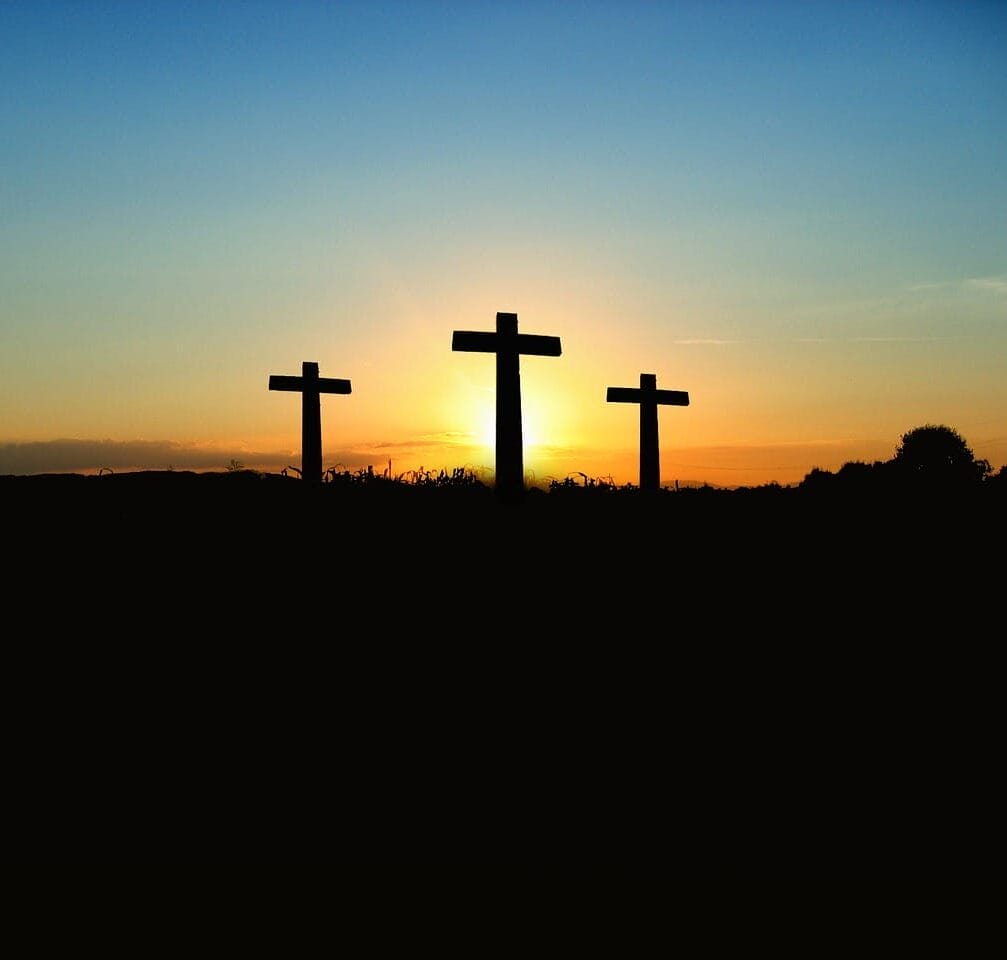
Jubilee and the Path of Unity between the Churches
The Pope is also looking ahead to 2033, which will mark 2,000 years of the Redemption. However, there is also the coincidence of the 2025 Jubilee with the 1,700th anniversary of the First Ecumenical Council of Nicaea, where the most essential part of the Creed shared by all Churches was established and Easter 2025, which in 2025 will be celebrated by all the Christian Churches on the same date, 20th April.
In the Bull of Indiction of the Jubilee, Pope Francis affirmed: “In the first centuries of Christianity, Synods frequently took place in both East and West, showing the importance of ensuring the unity of God’s People and the faithful proclamation of the Gospel. The Jubilee can serve as an important occasion for giving concrete expression to this form of synodality, which the Christian community today considers increasingly necessary for responding to the urgent need for evangelization. All the baptized, with their respective charisms and ministries, are co-responsible for ensuring that manifold signs of hope bear witness to God’s presence in the world (…) Nicaea represents a summons to all Churches and Ecclesial Communities to persevere on the path to visible unity and in the quest of fitting ways to respond fully to the prayer of Jesus “that they may all be one. As you, Father, are in me and I am in you, may they also be in us, so that the world may believe that you have sent me”( Jn.17:21)..
In the Bull, Pope Francis also referred to the ecumenism of the martyrs, which is very close to his heart: “The martyrs, coming as they do from different Christian traditions, are also seeds of unity, expressions of the ecumenism of blood. I greatly hope that the Jubilee will also include ecumenical celebrations as a way of highlighting the richness of the testimony of these martyrs.” This celebration is scheduled for May 9, 2025.
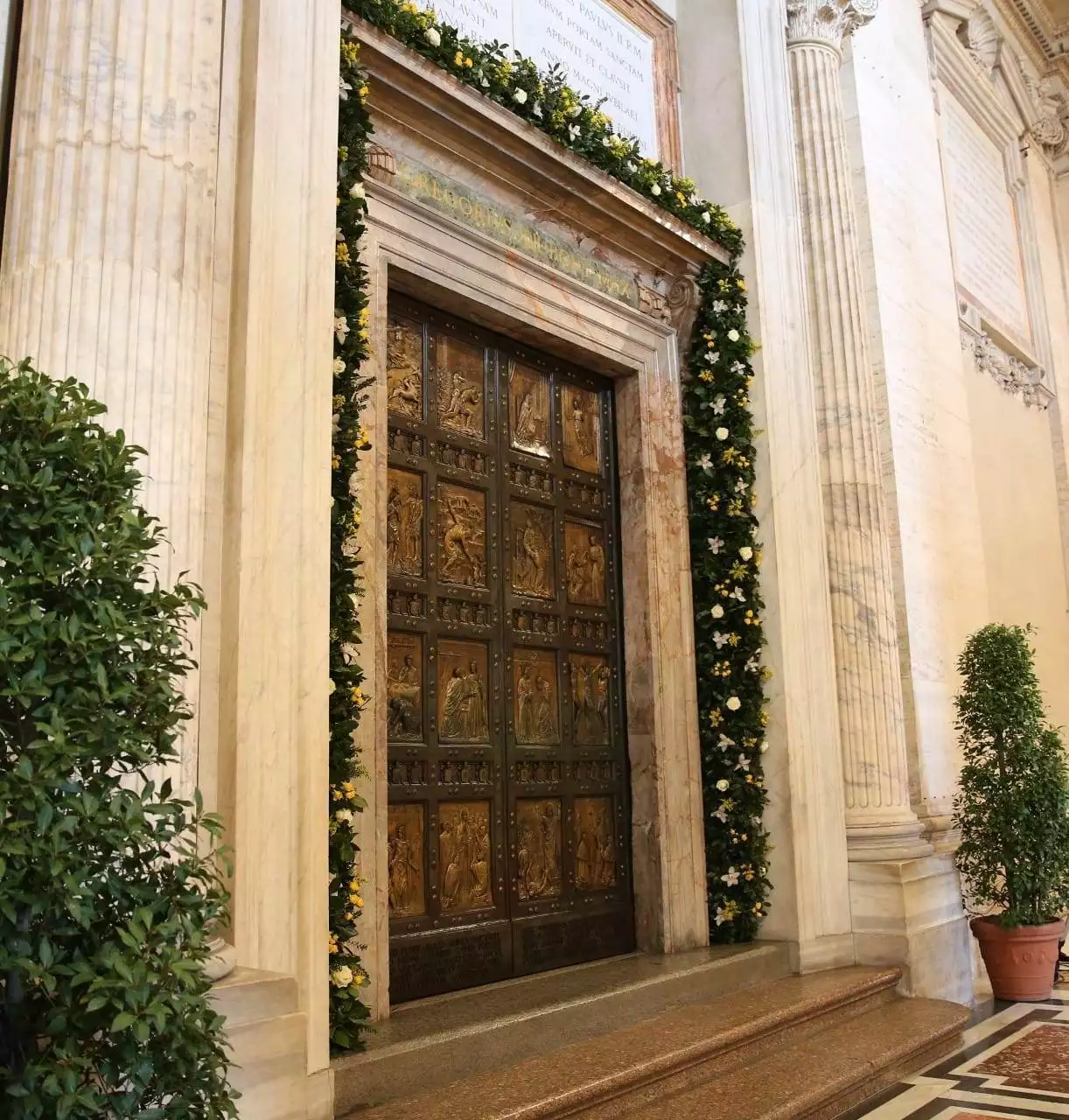
Main Stages
The Pope will open the Holy Door of St. Peter’s Basilica on 24th December, 2024 and close it on 6th January, 2026, marking the start and end dates of the Ordinary Jubilee of 2025. Numerous events will take place during the Holy Year, which will be listed in the official Jubilee calendar.
Jubilee 2025 and the International Centre of the Focolare Movement
Millions of pilgrims from around the world will come to Rome. The Focolare Movement will welcome those interested in visiting its International Centre and other significant places.
Individual pilgrims or organized groups can visit the Focolare International Centre in Rocca di Papa (10 kms from Rome). This Centre houses the chapel containing the tomb of Chiara Lubich, founder of the Focolare Movement, as well as those of the two co-founders Igino Giordani and Fr. Pasquale Foresi. People can also visit the house where Chiara Lubich lived or meet members of the Movement from various vocations, tailored to the interests of each group.
The International Centre can be visited every day from 10 a.m. to 5 p.m.
From Monday to Friday, Holy Mass is celebrated at 12 noon in the auditorium. On Sundays, Holy Mass is celebrated at 12 noon in the chapel.
Parking is available at the Centre for cars and buses.
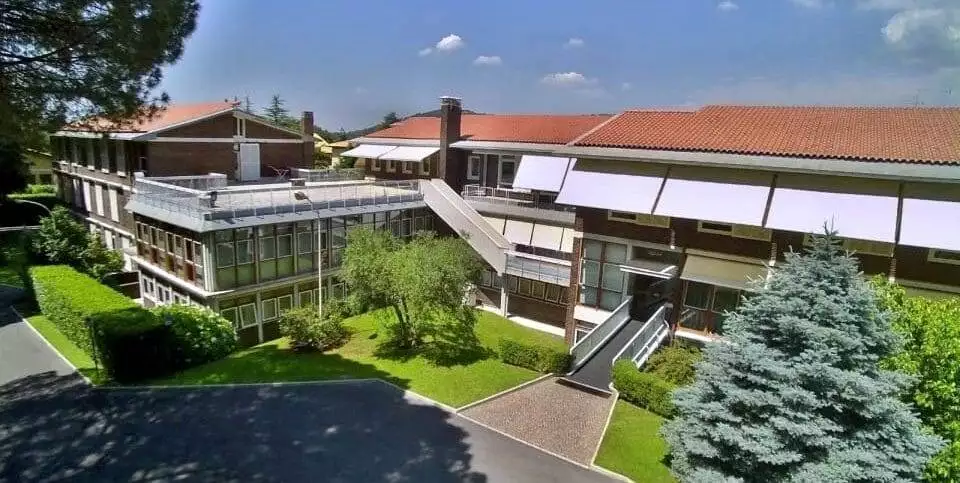
To book a group or individual visit, please complete the form on this page.
To request information write to: accoglienza@focolare.org
Directions to the Focolare International Centre

FROM FIUMICINO AIRPORT
Take the Regional Train F1 or Leonardo Express to Roma Termini station (for further information click here) or take the shuttle bus to Roma Termini train station. From there, take a train to Frascati and then a bus to Rocca di Papa, alighting at the Focolare International Centre (second stop after the Squarciarelli roundabout).
FROM CIAMPINO AIRPORT
Take a Terravision or Sitshuttle shuttle bus to Ciampino train station, then a train to Frascati. From there, take the bus to Rocca di Papa, getting off at Via Frascati 306, in front of the Focolare International Centre (second stop after the Squarciarelli roundabout).

FROM ROMA TERMINI STATION
Take Metro Line A towards Anagnina. Then, take a bus to Rocca di Papa, alighting at Via Frascati 306 in front of the Focolare International Centre, (second stop after the Squarciarelli roundabout).

Icon: © vecteezy.com
BY CAR
Use Google Maps with the destination: Movimento dei Focolari, Sede Internazionale, Via Frascati 306, Rocca di Papa.
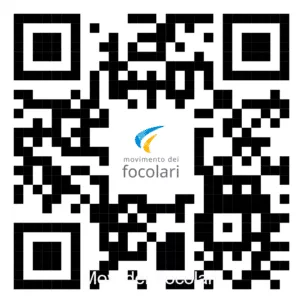
Those who wish can also visit:
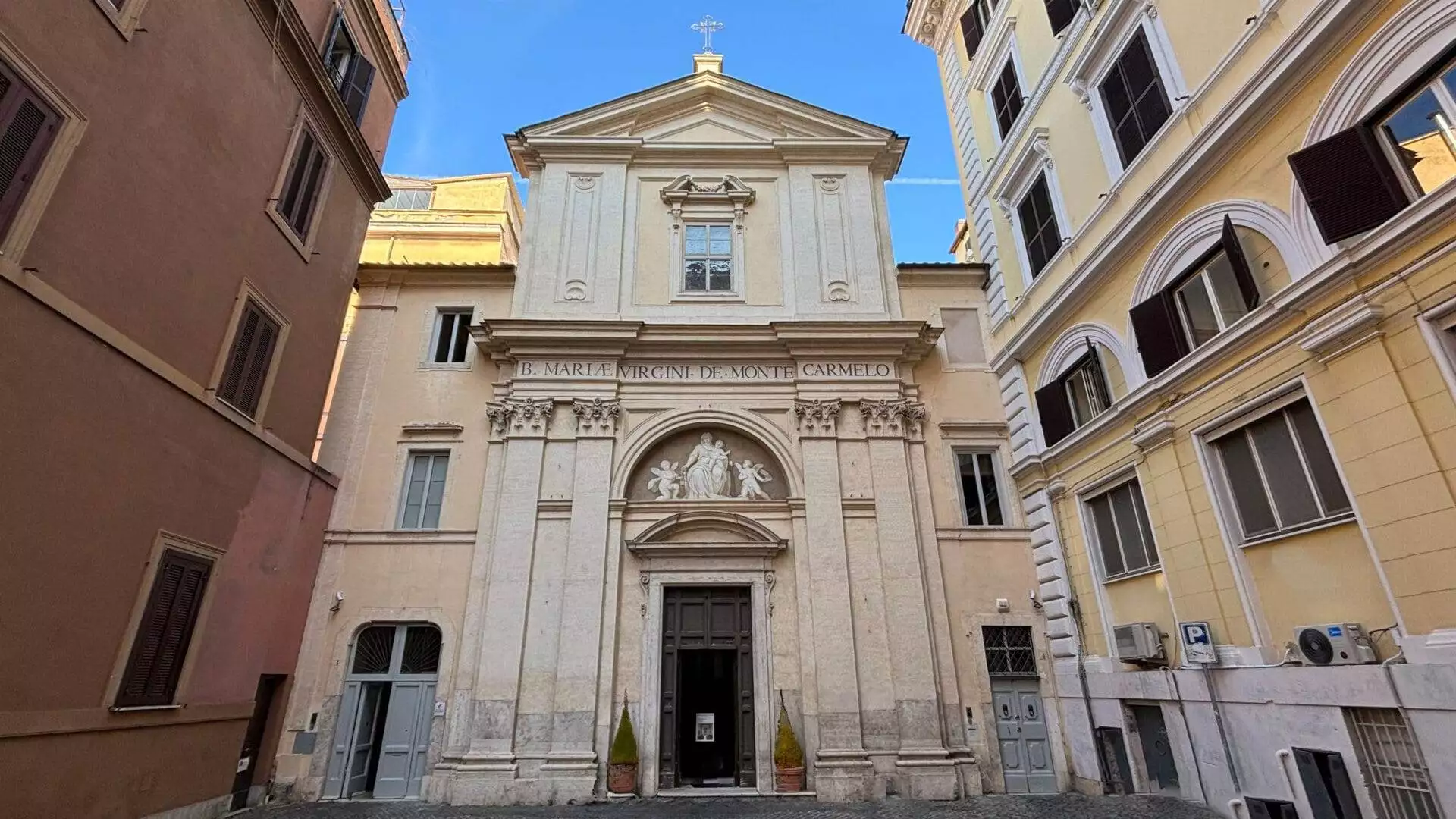
The Focolare Meeting Point, located at Santa Maria del Carmine Church in the heart of Rome, 2 kms from the Vatican. This is a space for dialogue and hospitality open to anyone who wishes to get to know the Focolare Movement and its work for universal brotherhood. Mass is celebrated there at 12:45 p.m. from Monday to Friday.
Until January 2026 the exhibition route remains open daily: “ ‘If I look at this city of Rome…’ Chiara Lubich” Chiara Lubich
In Rome, the Centro Incontri Romani, together with the classic tourist and jubilee itineraries, proposes the sights of Chiara Lubich and the growing Focolare community in the eternal city.
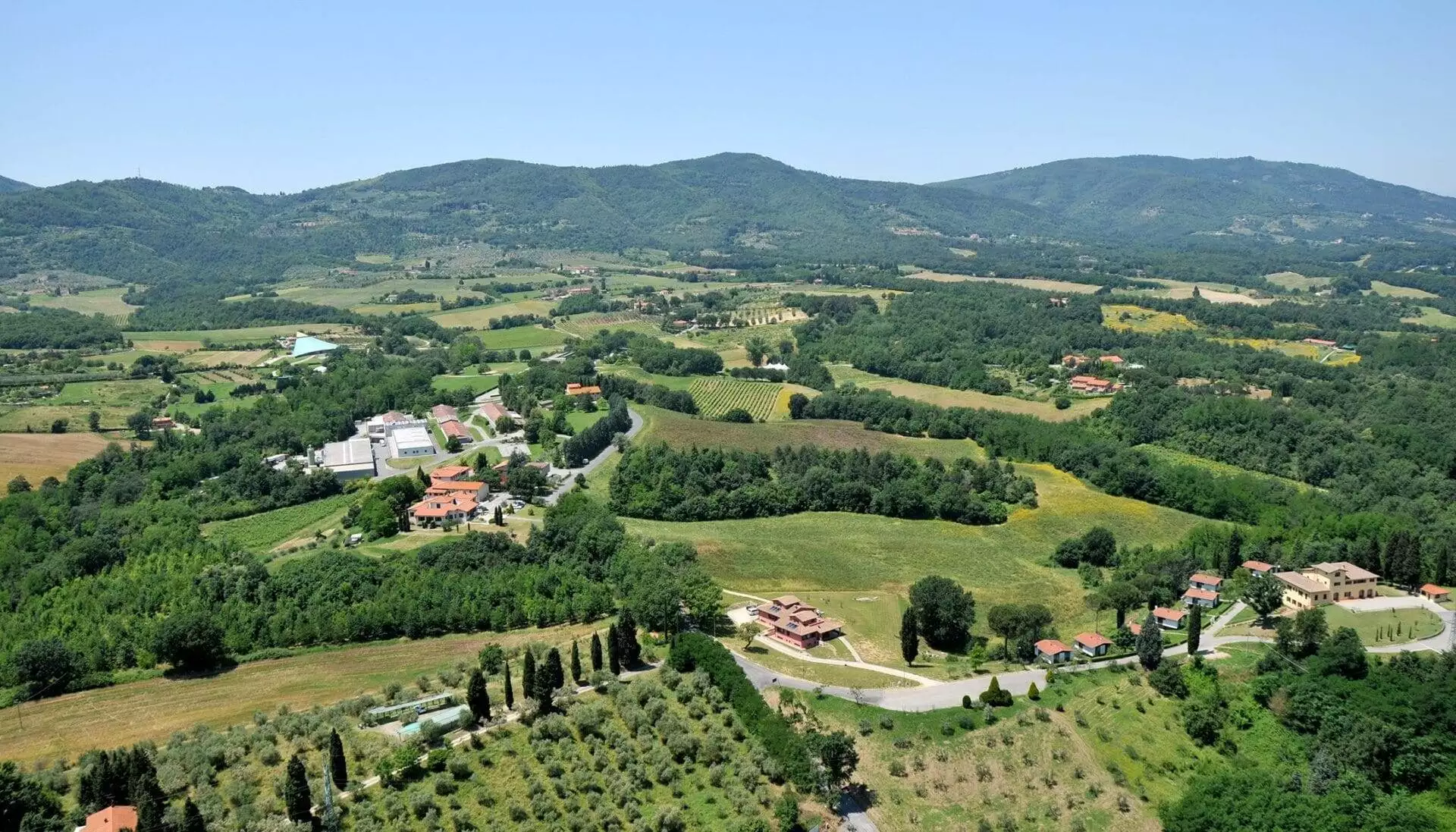
The Little Town of Loppiano (252 km. from Roma), lthe first international Focolare “little town”, founded in 1964 in the municipal area of Figline and Incisa Val d’Arno, about 30 kms from Florence. There are little towns of the Movement in 23 countries. They have different physiognomies according to the various cultural settings. They are like model cities – laboratories which demonstrate how living the spirituality of unity and fraternity can transform all aspects of social life. Bishop Stefano Manetti (Diocese of Fiesole), in a letter dated 18 December, clarified that, according to “Decree On The Granting Of The Indulgence During The Ordinary Jubilee Year 2025” published by the Apostolic Penitentiary, since the Maria Theotokos church in Loppiano is a Marian sanctuary, it is to be considered as a Jubilee church. Consequently, it will be possible to organise pilgrimages and receive the Jubilee indulgence.
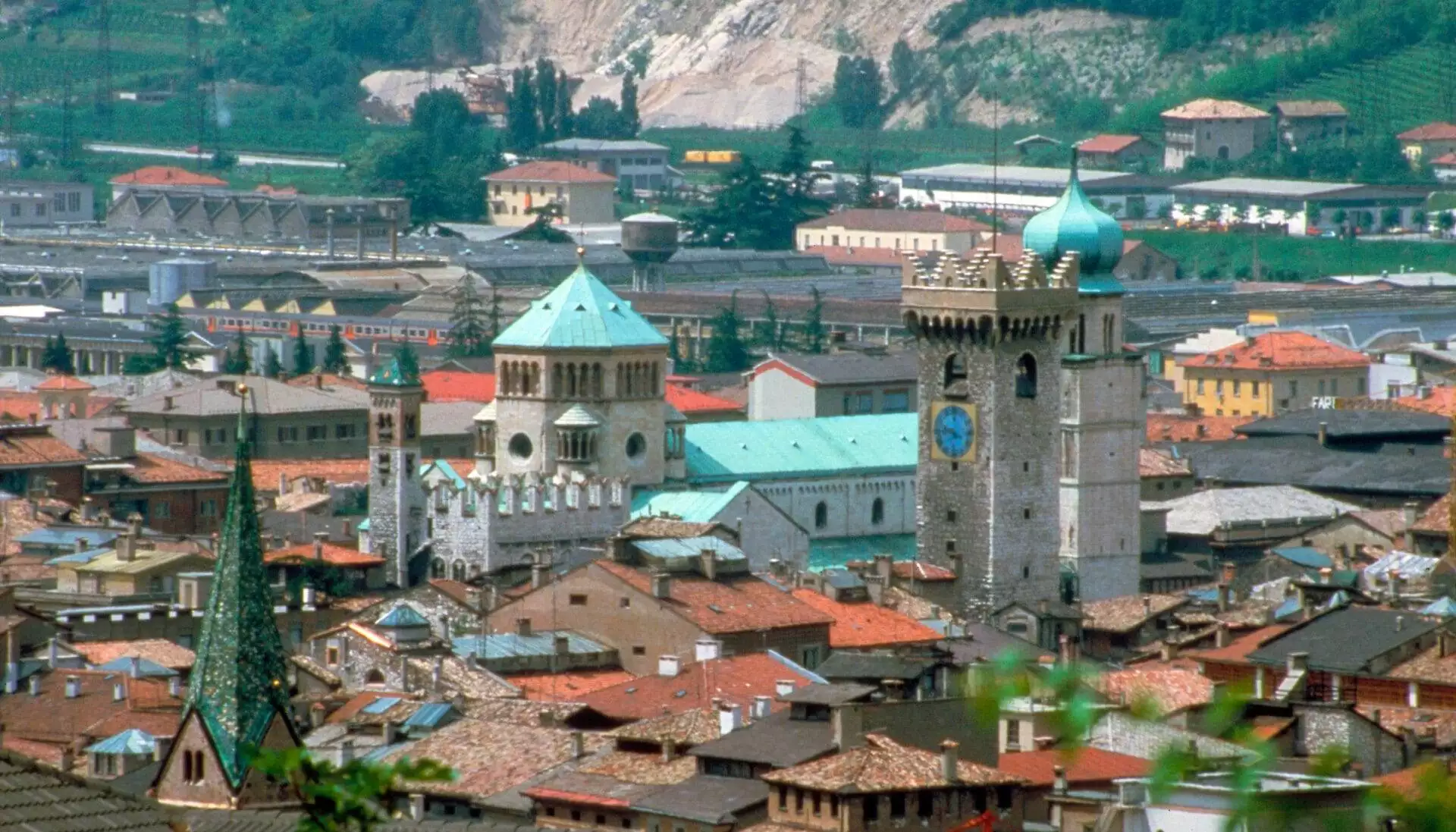
Trent (578 km. from Roma) Chiara Lubich’s birthplace.
